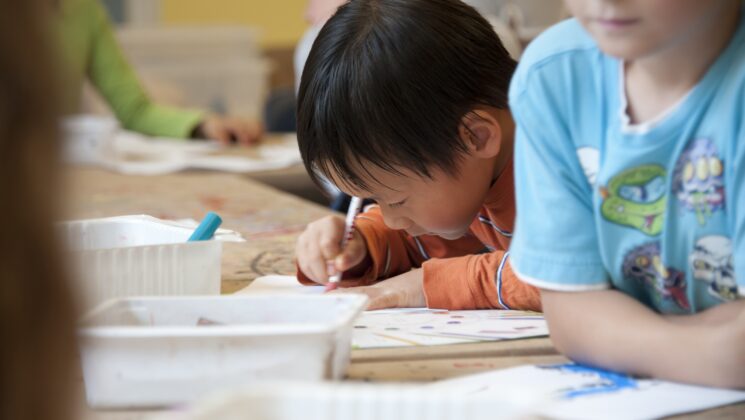UNISON represent the largest number of members supporting children and young people with special educational needs and additional support needs in the UK, making us the union with the biggest voice.
Our members work in in special schools and colleges and in mainstream settings, from early years right up to higher education. They hold varied roles both directly supporting children and young people in the classroom as assistants and technicians, and in administrative roles.
If you work supporting children and young people to achieve their goals, you know it can be one of the most emotionally rewarding jobs there is. We know our members love their work. But times are tough. As consecutive governments across the UK rehash and renew special needs policies every few years, there never seems to be the money needed to make sure these policies can work.
We understand the issues you face and we are respected by employers and governments to negotiate on behalf of our members who work in special educational needs and additional support needs, wherever they work.
Find out more about UNISON’s work in SEND and Additional Needs where you are:
What UNISON members working in SEND and Additional Needs are saying:
“I have worked as a teaching assistant for 18 years and I usual support groups of children with special needs taking them out for interventions. The last few years have seen a huge change in how the school deploys it’s teaching assistants. We love our jobs but feel like babysitters rather than being valued in the school system.”
“All children need support but there is not enough staff within the class to provide the support needed for every pupil. Every member of staff tries their very best to offer support to those who need it most but others are then left.”
“Due to staff shortages, due to no recruitment because of finances there are lots of students with EHCP not getting covered and other disruptive students being covered instead.”
“Class sizes often mean that classes have to put children together who should not be in the same class eg children who have meltdowns with children who are anxious and need a calm environment”

